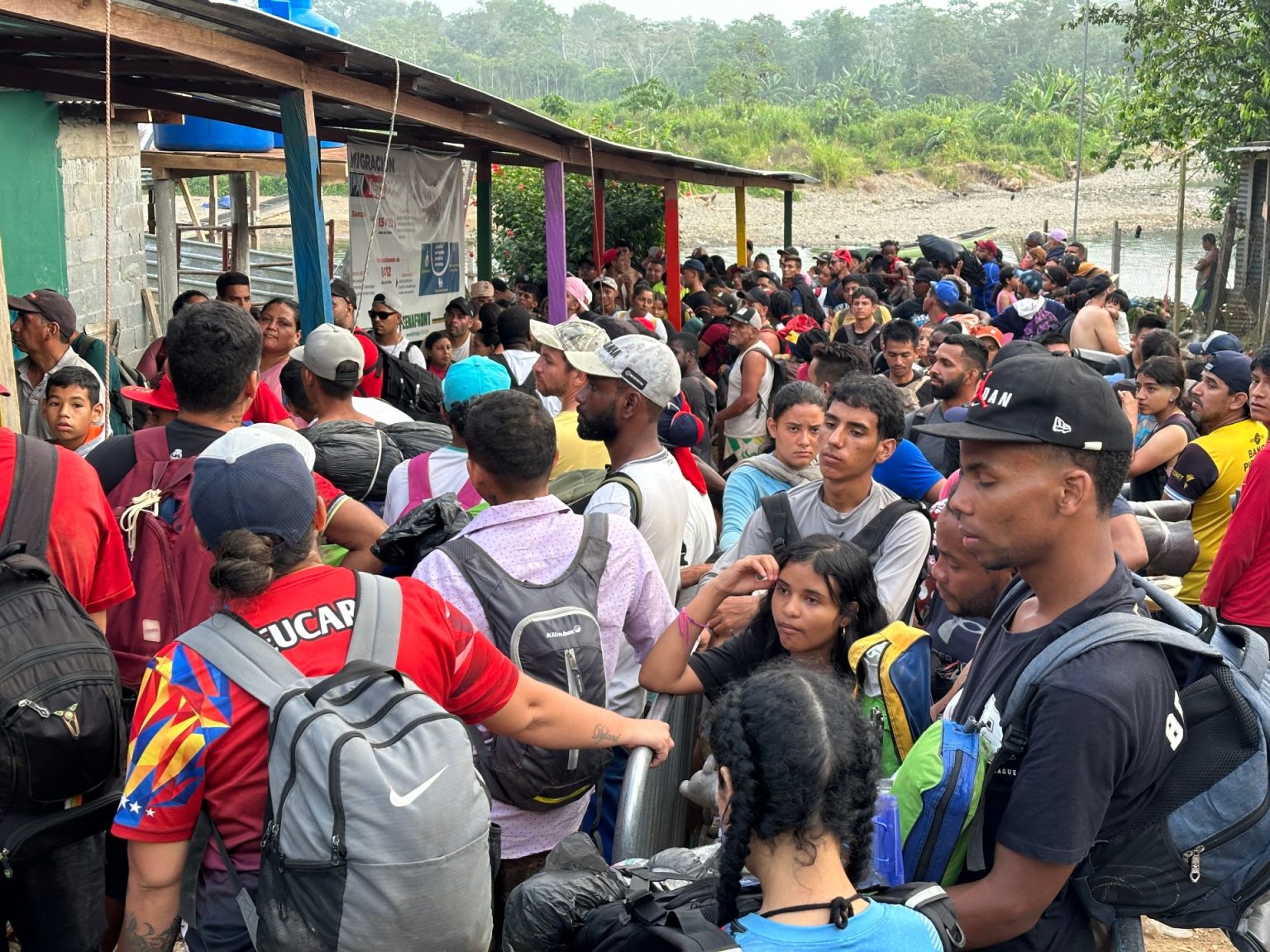In the remote Indigenous community of Bajo Chiquito, Panama, life has been quiet for many years, with only dirt paths and the Turquesa River connecting the town to the outside world. However, the community has been dramatically transformed in recent years due to the influx of hundreds of thousands of migrants and asylum seekers crossing from Colombia into Panama through the Darién Gap. This has turned Bajo Chiquito into a bustling hub on an increasingly popular migration route, with the Colombian border just 24km away. Local businesses are booming as they provide services to the migrants, earning tens of thousands of dollars a day.
The number of migrants and asylum seekers passing through Bajo Chiquito has been steadily increasing, with a record 520,000 making the journey in 2023. Many are from crisis-stricken countries in the Americas, while others come from Asia, Africa, and Europe due to immigration restrictions. The community now receives over a thousand travellers per day, overwhelming the town’s infrastructure and resources. Hundreds of tents line the paths, and Panamanian authorities process the new arrivals as they continue their journey north to the nearest road, four hours away.
The economic opportunities brought by the migration influx have been transformative for Bajo Chiquito, a community that has long struggled with poverty. Residents have been able to open businesses, renovate houses, and invest in amenities like high-speed internet. However, concerns have been raised about the impact on traditional Indigenous practices and culture, as the community becomes less self-sufficient and more reliant on outside goods. Leaders worry that outside influences may dilute Emberá-Wounaan culture and knowledge.
The strain on Bajo Chiquito’s infrastructure, including the lack of a sewage system and electricity network, has been exacerbated by the rapid population increase. Locals like Nelson Ají, the elected leader, have called for assistance in healthcare, water, and electricity, as they face the challenges of dealing with the crisis on their own. Issues such as pollution, caused by plastic bottles and waste littering the streets and river, have further complicated the situation. Some migrants and asylum seekers defecate in the river, posing health risks to the residents who rely on it for water.
Community leaders and experts fear what may happen to Bajo Chiquito when the flow of migration eventually slows down or stops. The community has found common ground with the migrants and asylum seekers passing through, offering jobs, food, and shelter to those in need. Despite the challenges and changes brought by the influx of migrants, residents like Ningen Túnel González emphasize the importance of helping each other as human beings, understanding the reasons behind migration and working together to navigate the crisis.


